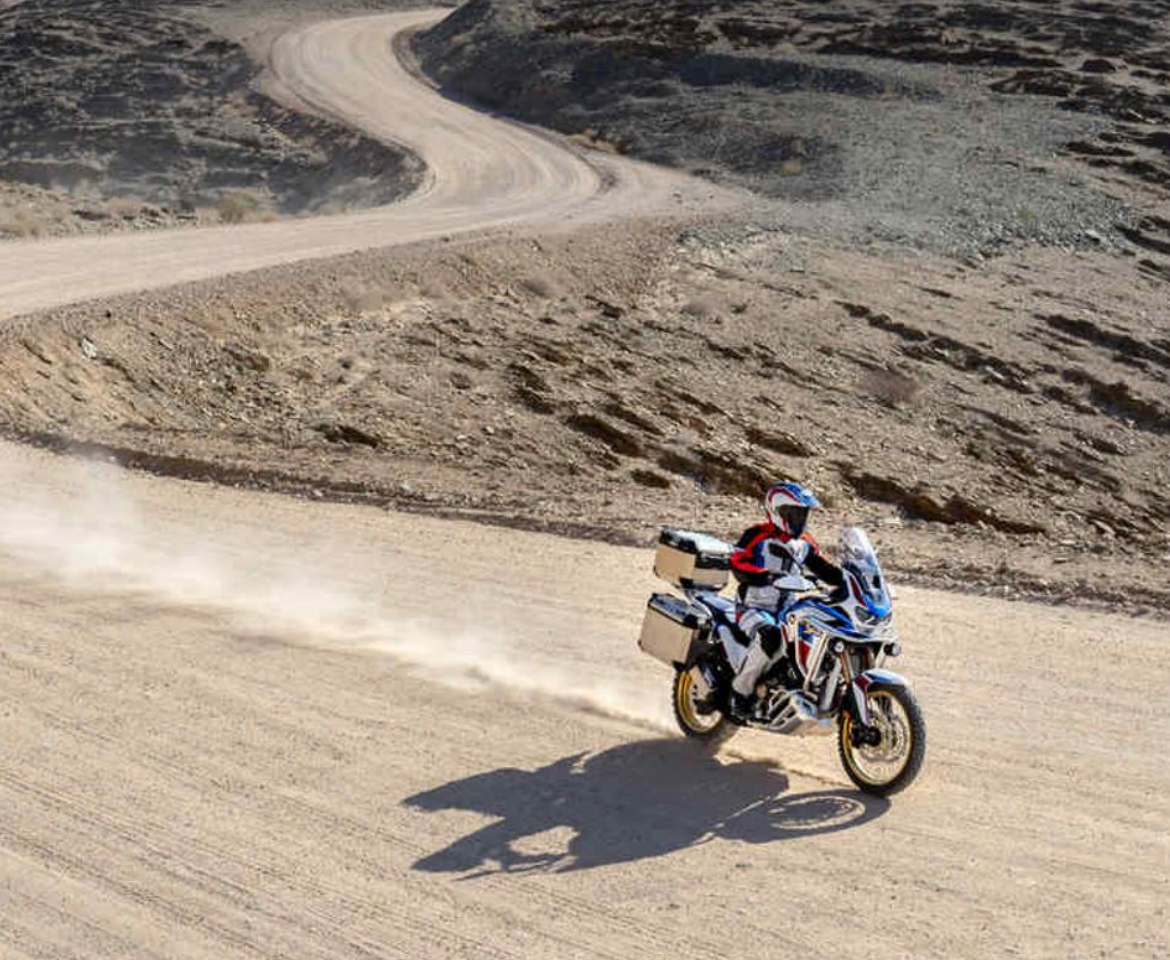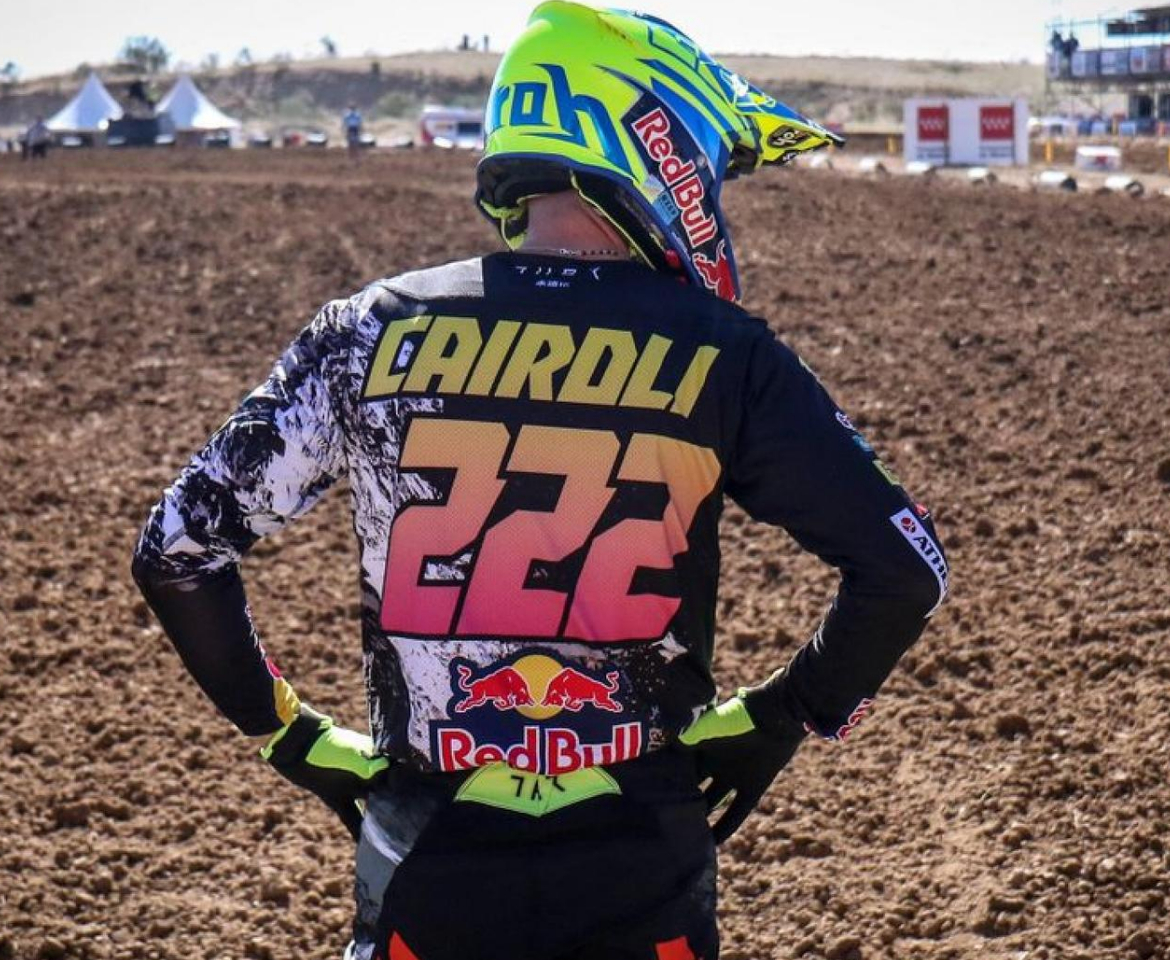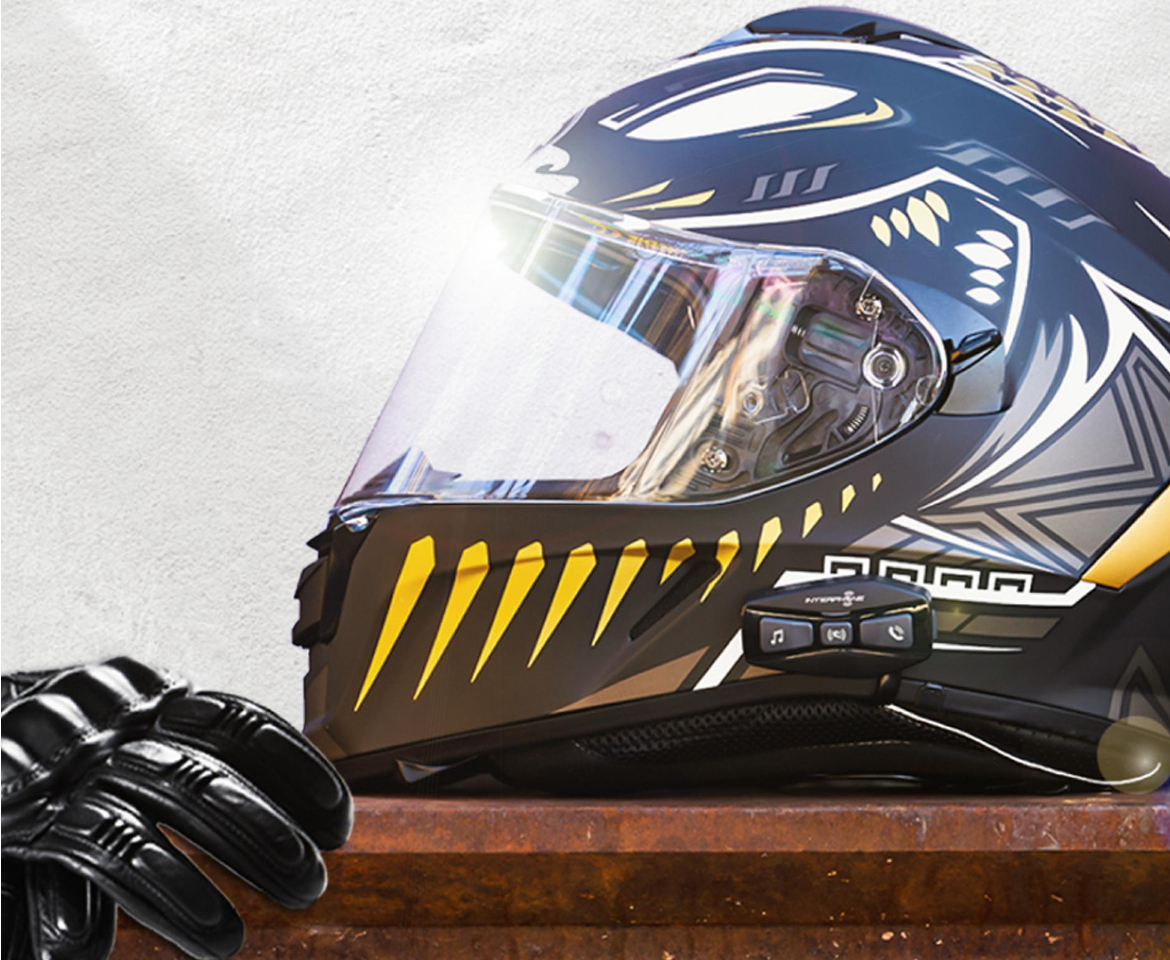
Subscribe to our newsletter
Never a name was more appropriate for a motorcycle that marked an era and made thousands of young people dream, we are talking about the timeless Cagiva Mito, the eighth liter of the Schiranna house, capable of revolutionizing with its lines and not only the world of two wheels for the new centaurs.
Designed by Massimo Tamburini, born to replace the already excellent Cagiva Freccia C12 R, the first version of the Mito was presented in 1990 at the GP of Nations in Misano Adriatico, initially in a naked version, parading on the track led by the official riders of that one. year of the caliber of Mamola, Barros and Haslam.
The faired version, the definitive one, arrived only a few months later.

The 125 was a scale replica of the motorcycle that Randy Mamola drove in the 500 world championship, with 31 HP at 10,400 rpm, all for about 120 kg with a price that was around 6 million lire.
It goes without saying that the success of the “round headlight” model was incredible and for 4 years it was the best-selling bike in Italy.
The Mito Ev (Evolution) arrived in 1994, which presented many improvements, with aesthetics deriving from the famous Ducati 916, the model that made history!
Replacing a successful model like the previous Mito, which in four years of production had met with great commercial success, was not an easy task. Yet the new EV immediately entered the hearts of many fans.
Aprilia, Gilera and Honda have produced fantastic eighth of a liter and while Aprilia has favored the sporty image and style, Gilera the innovation and Honda Italia the substance, Cagiva with the Mito EV has tried to concentrate all these characteristics in a perfect combination. in a single motorcycle, with a high level of quality and attention to detail.
The battle between the Cagiva Mito and the Aprilia Rs was a real battle for market domination in the 1990s. The success of these two motorcycles was such as to bring the two motorcycle manufacturers to a real question and answer to blows from motorcycles.
There was never a real winner, the two motorcycles had different characteristics, both appreciated by enthusiasts

On the Cagiva side there was a bike that drove people crazy for its clean aesthetics and its "big bike" image, also aided by the replica colors of race bikes such as the Lawson Replica and Lucky Strike.
The flag was undoubtedly the "7 Speed" engine, with seven-speed gearbox, a gem that made the scene but which in practice brought no advantage over a 6-speed gearbox.
The Aprilia part had, on the other hand, a bike with slightly more welcoming dimensions even for taller boys and a more street-style aesthetic.
This too drew inspiration from racing, with replica Reggiani and Chesterfield colors.
The highlight was the beautiful aluminum frame, artfully worked and with a sinuous shape, profoundly similar to that of racing bikes and therefore more refined than that of the Mito.

In the history of road bikes, no one had ever made 1/8-liter 2-stroke bikes so powerful and beautiful to ride with top equipment such as Marzocchi suspension and Brembo brakes, absolutely rigorous in the curves and very fast on the straight.
The 125 had become so extreme that the premature deaths of minors had never been higher, so in 1999 the law changed and forced a power limit of 11 kW (15 hp) for all motorcycles that can be ridden with an A1 license achievable at the 16th. year of age.
The power was practically halved and the sale of the weakened models began to decline in the following years.


